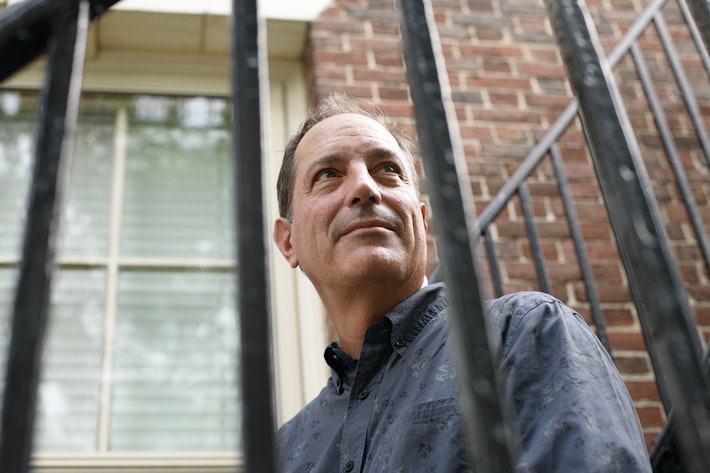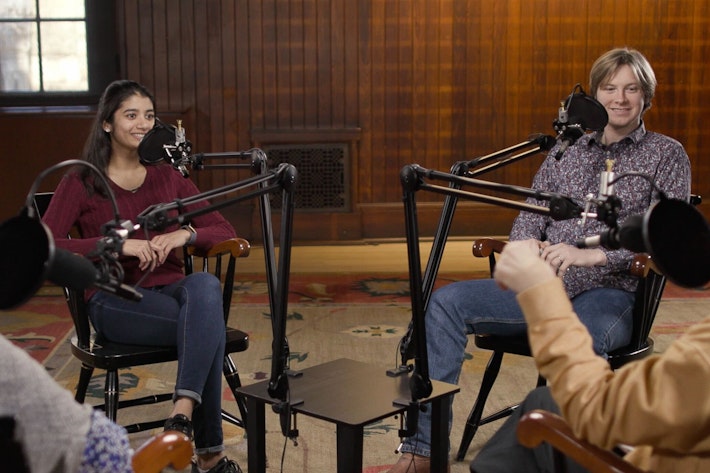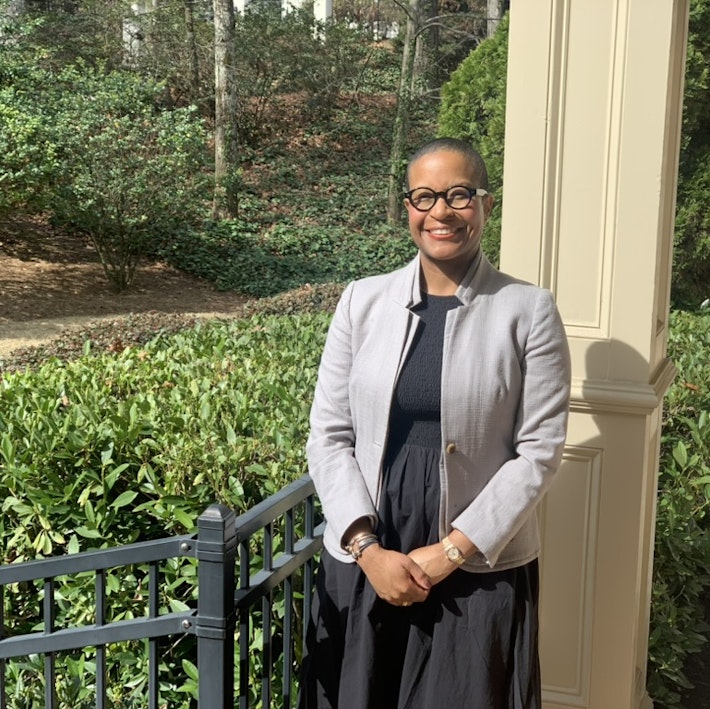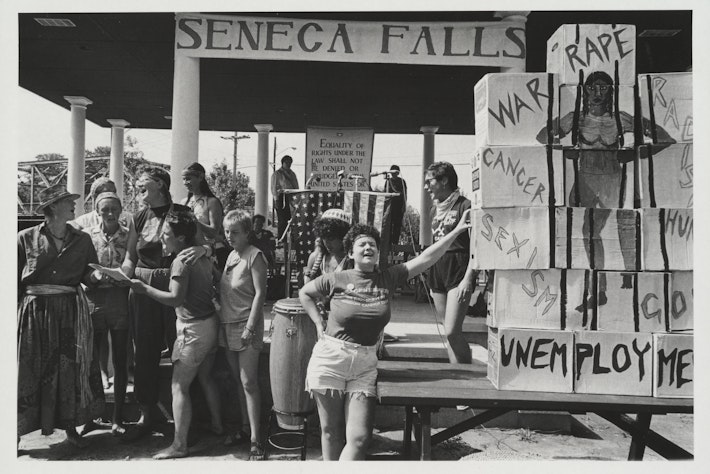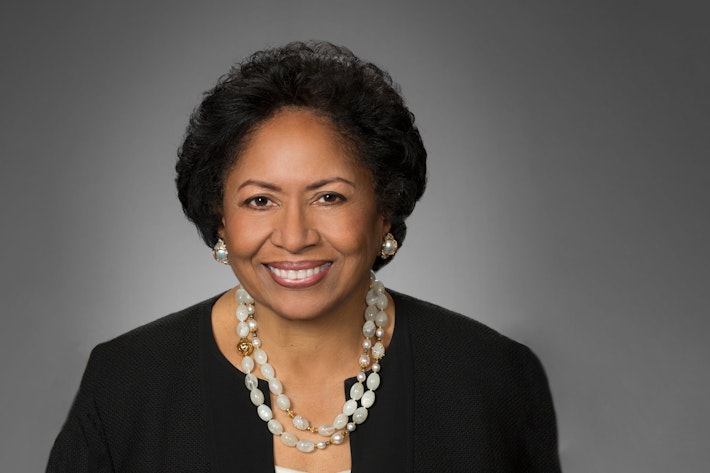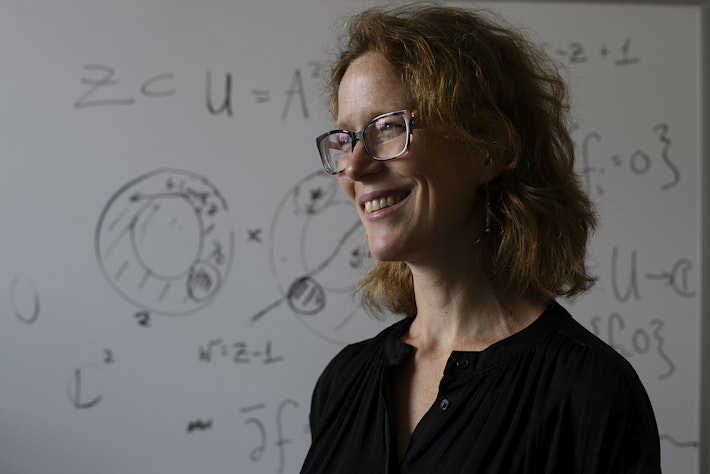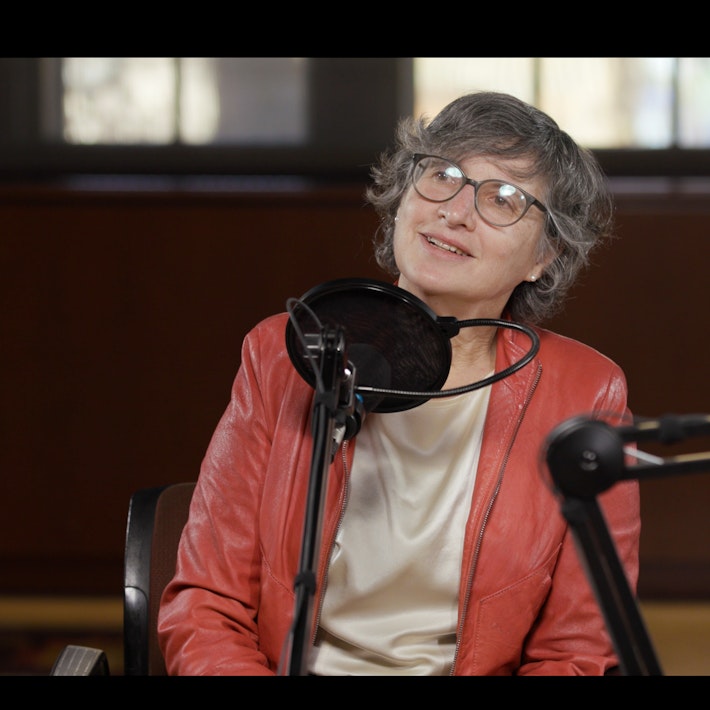Vincent Brown: Beyond the History Book
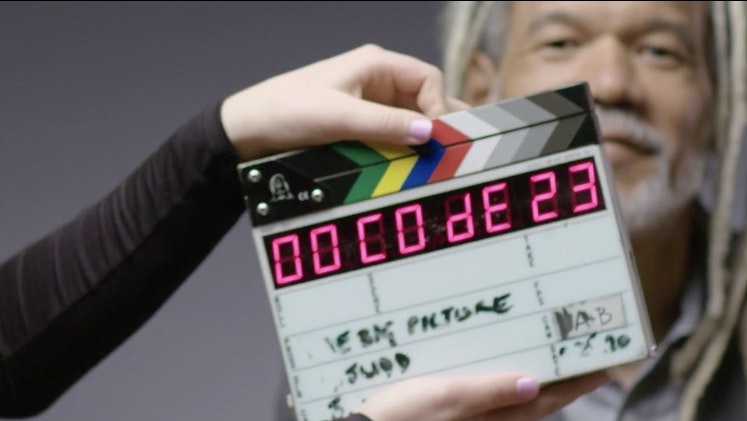
A historian turns to multimedia production to expand the record—including Harvard's ties to slavery and its legacies.
As the Charles Warren Professor of American History and a professor of African and African American studies at Harvard University, Vincent Brown teaches courses on Atlantic history, African diaspora studies, and the history of slavery in the Americas. Most recently, he published the award-winning Tacky’s Revolt: The Story of an Atlantic Slave War (Belknap Press, 2020).
But Brown is also a filmmaker. He produced Herskovits at the Heart of Blackness (2009), a documentary that screened widely on the festival circuit and was broadcast on the PBS series Independent Lens. At the Hutchins Center for African & African American Research, Brown directs the History Design Studio, a workshop that explores multiple media for sharing and telling history. In 2020, he cofounded Timestamp Media, a collective of filmmakers, scholars, and storytellers focused on producing innovative history programming. With Timestamp, Brown has undertaken the production of a documentary short about the work of the Presidential Initiative on Harvard and the Legacy of Slavery. We talked to him about the project and about the role of multimedia storytelling in history scholarship.
Harvard & the Legacy of Slavery: You earned a PhD in history at Duke University, where you studied alongside Tomiko Brown-Nagin, chair of the Presidential Committee on Harvard and the Legacy of Slavery. When did you realize the power of film to bring history to life?
Vincent Brown: Yes, Dean Brown-Nagin and I were in the same graduate cohort in the Duke University Department of History, where I always knew that she was one of the best of us. I’m pleased and honored to have the opportunity to work with her on this initiative. In graduate school, I think that Tomiko and I shared the conviction that the study of history could greatly enrich any kind of professional, cultural, and political work. She combined her learning about the civil rights movement with the pursuit of her law degree at Yale. My dissertation research was focused on early modern Atlantic slavery, but I maintained an interest in the theory and craft of film and media.
I knew that the history of slavery was fundamental to shaping our modern world, but that it is often difficult to convey that fact beyond the world of scholarly experts. It has been a mission of mine to use the media that influence popular knowledge to tell important stories that don’t get told as often as they should. There was a marked absence of slavery’s history in my public education. Until I went to college, most of what I learned about slavery came from the television show Roots and from reggae songs. I have never believed that most people learn their history from books, even though I am convinced that books are vitally important for grounding knowledge with verifiable and lasting claims.
H&LS: How did you get involved in the Presidential Initiative on Harvard and the Legacy of Slavery?
VB: I was first approached by former Harvard Law School Dean Martha Minnow and the professor of education Meira Levinson—both committee members—and Dean Brown-Nagin. At the time, my producing partner Graham Judd and I had just founded our production company Timestamp Media. We are developing several shows that shape the way people look at history, and this project seemed perfectly aligned with our goals. I’m especially interested in how people establish truth claims about the past, and its relationship to the present and future. This project on the truth of Harvard’s entanglement with slavery and its legacies was a natural fit for Timestamp.
This is a difficult history that unsettles longstanding assumptions—for example, that Northern institutions had no connection to slavery, that the production of knowledge is always a force for good, or that the easy celebration or denunciation of institutions can substitute for the daily continuous work of accounting, reckoning, and taking responsibility. We need to learn this history so that we can orient ourselves, make good decisions, and act in ways that align with our values. The truth is always the best place to start.

A cameraman films in Cambridge's Old Burying Ground, which houses the graves of at least two enslaved women, as part of the Timestamp Media production. Photo by Cara Feinberg
H&LS: What are some of the challenges your team faced during production of the documentary short about the initiative?
VB: The biggest challenge was trying to tell a big story in a small amount of time and within a limited frame. We are trying to make a 15–20 minute video, where each page of a shooting script roughly equals 3–4 minutes of screen time. So we have had to be extremely judicious in choosing stories and themes that exemplify the findings of the larger initiative without overwhelming viewers with too many big ideas and a welter of details.
In addition to that, working in a pictorial medium we needed to think carefully about what images we could show—viewers have only so much patience for watching words go by on screen. This was especially challenging for the section on race science, where grisly images and artifacts might be offensive to many viewers. We had to employ a good deal of abstraction in order to convey the horror of this history without disrespecting the living and the dead.
H&LS: What do you hope our audiences glean from the film?
VB: Many viewers will be surprised by what they learn, but I don’t see this film as an exposé. Nor is it an exercise in critical theory; this is what happened, and it should motivate us to engage unsettling aspects of our past. Harvard has a heroic history, we know that. But its story also has elements of irony and tragedy. Too many people imagine the University as an ivory tower, which suggests that is detached from the world or perched above it. But shouldn’t the thought of an ivory tower make you wonder how many elephants you would have to kill to make one? There is no place outside of history. We’re all in it. As long as you’re alive, you’re in it. When you die, you’re still in it. Knowing that, what are you going to do about it? It is only by confronting our history honestly that we can truly learn from it, avoid compounding the harms of the past, and work together to create a better future.

